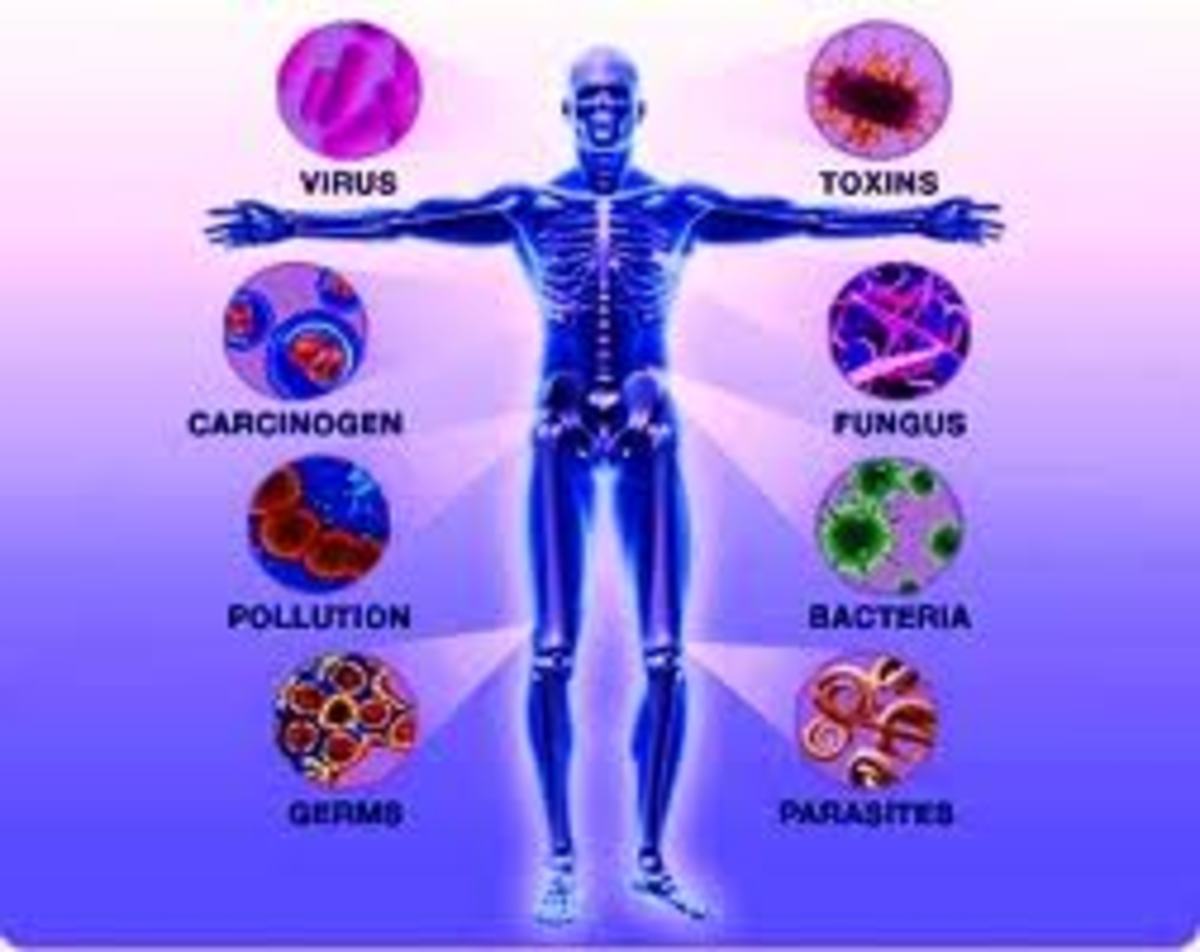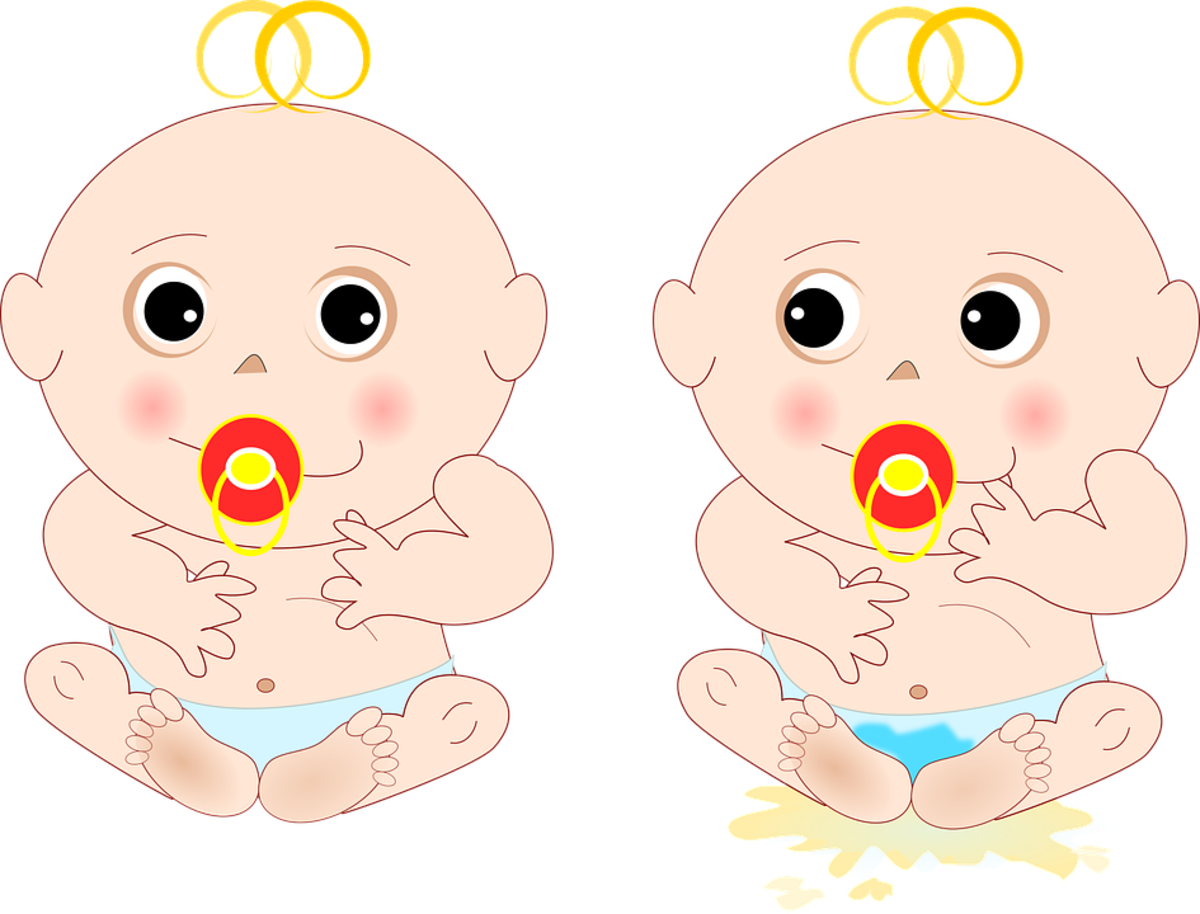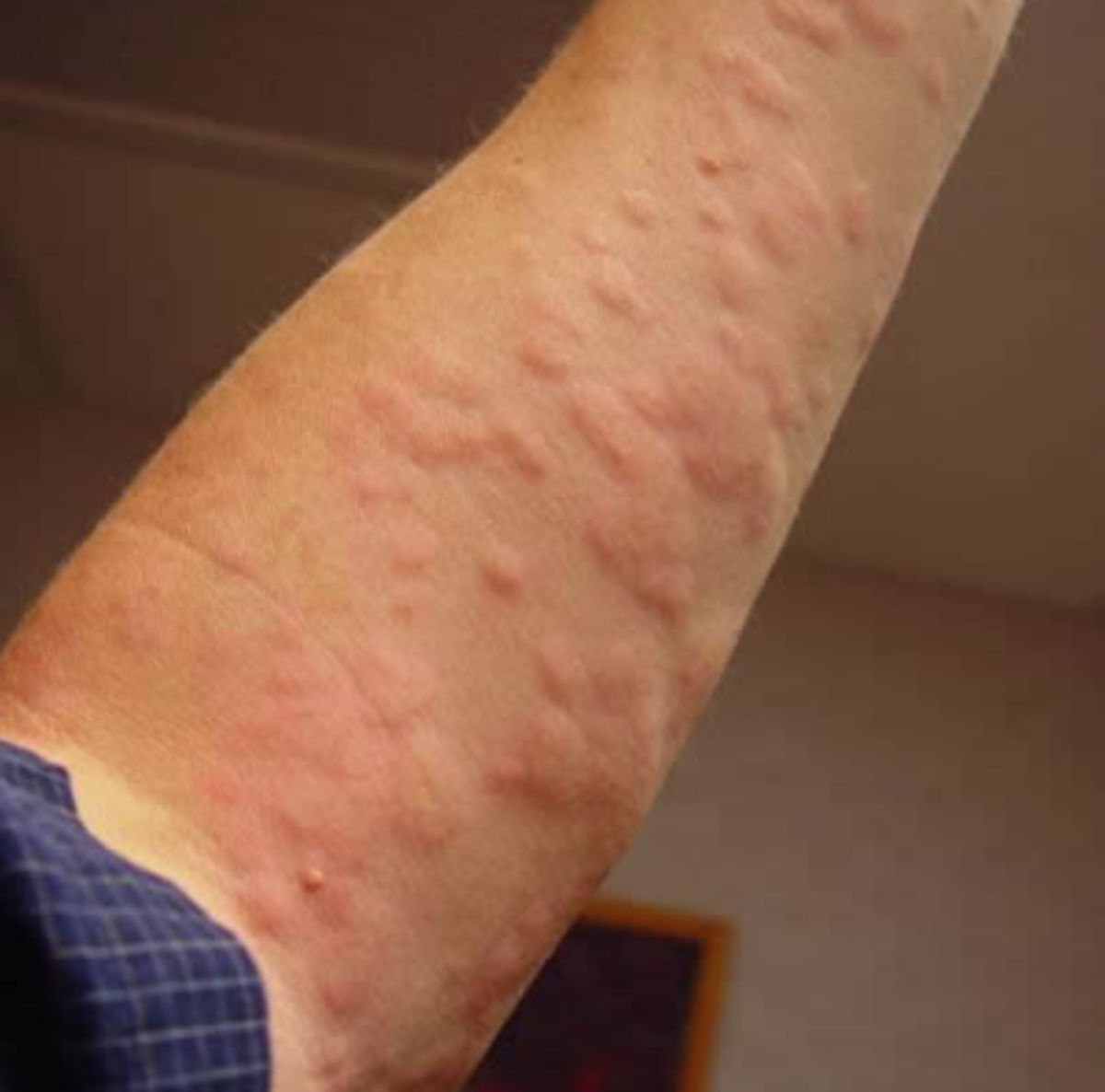Why is Vaccination so Important?

The human immune system is fundamental to maintaining health as it is trained to resist and fight off disease causing bacteria and viruses. At every moment there are swathes of hostile bacteria, fungi and viruses which swarm on our body. Yet we are able to remain relatively healthy – most of the time. Our immune system is uniquely able to provide immunity against pathology-causing organisms, or pathogens. Certain pathogens are so virulent, however, that our immune system cannot provide immunity quick enough before the disease causes long term impairments or death. This is where vaccinations become so overwhelmingly critical, not only to individual health but to the health of entire populations.
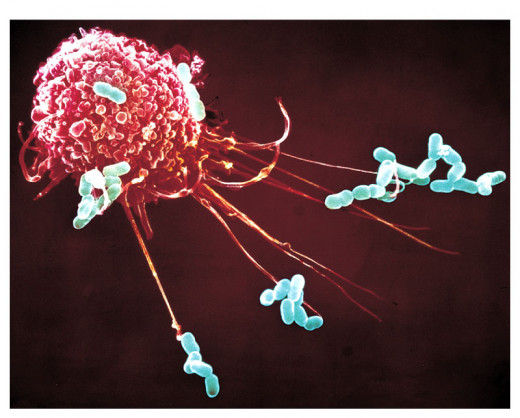
In brevity let us firstly consider the composition and basic physiology of the immune system:
The Innate Immune System:
Composed of two separate divisions which complement each other the immune system is able to provide a complete defense structure. The innate division of the immune system is sometimes referred to as the non-specific immune system since it does discriminate on what foreign substances it protects against. Elements of the innate immune system essentially protect against all foreign substances, pathogenic organisms included. There are two divisions of the innate immune system – the first line of defence is the skin and mucosae (internal linings of mouth, nose, gastrointestinal tract etc). Secondly, there are a number of immune cells which circulate the body through the blood and lymph. The main immune cell which we shall focus on is the macrophage. Macrophages move throughout the body and essentially engulf foreign substances such as bacteria in a process called phagocytosis. Macrophages will only protect against foreign substances such as bacteria if they by chance happen to encounter them on their travels. They cannot actively seek out foreign substances in order to attack them – at least not without the help from other immune system elements.
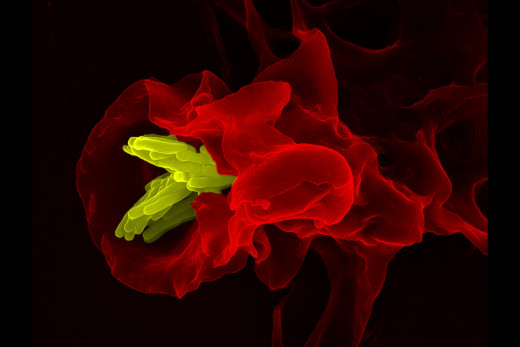
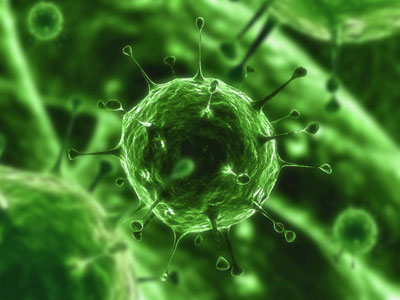
If a bacteria penetrates the first line of defence and moves into the body unencountered by cells of the innate immune system such as the macrophage, the bacteria is able to take hold of the host by reproducing constantly. As this happens the infected host begins to show symptoms of the disease that that bacteria causes. There are certain virulent bacteria and viruses that cause diseases that our immune system cannot respond effectively enough and in enough time to prevent long term damage or death. In such circumstances, our immune system may be helped by other components of the immune system now to be discussed.
The Adaptive immune System:
The second major division of the immune system – the adaptive immune system plays a significant role in long term immunity. This is where vaccination plays an important part. The adaptive immune system is quite complex and involves a wide variety of components, however, this article will attempt to address the concept simply. The adaptive immune system, as its name suggests, is able to adapt in response to certain foreign organisms such as bacteria and viruses that it has previously encountered. It is also called the specific immune system since many of the components of this system discriminate in terms of what they attack.
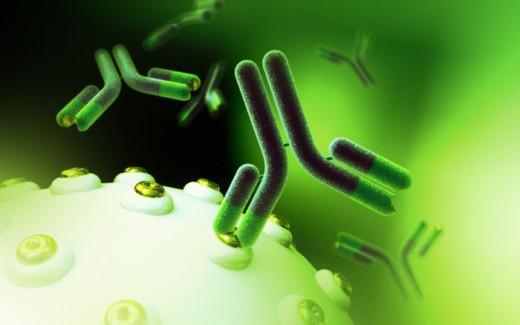
Humoral Division:
The adaptive immune system is further divided into subsections. The Humoral division of the adaptive immune system is concerned with the production of antibodies. Antibodies are Y shaped proteins which circulate through the body’s humor or fluids (Blood and lymph) and neutralize foreign substances. Every antibody has a unique target which is present on the invading organism or pathogen. This target is known as the antigen (Anti-body Generating). The interaction between an antibody and antigen can best be described like a lock and key. When the key inserts into the lock the antibody activates and the pathogen is neutralised. Antibodies do not eliminate the pathogen but neutralising them makes them available to other components which effectively kills and destroy the invading pathogen.
Antibody production:
Antibodies are produced within a special cell called the B lymphocyte or simply the B cell. On the first exposure to a certain foreign organism the B cell is said to be inactive. It does not begin to produce antibodies until it has encountered the foreign organism for the first time in a process called ‘differentiation’. Once the B cell is activated it produces many of these specific antibodies which seek out the specific foreign substance and neutralise it. When activated, some B cells become ‘memory B cells’ which are long living cells which become important on re-exposure to that specific organism at a later time.
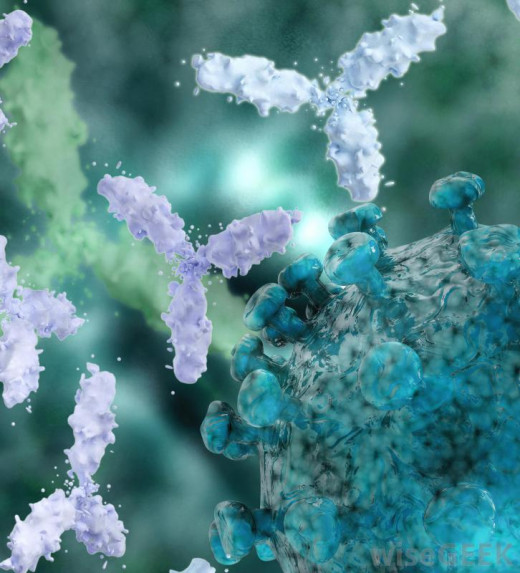
On the second and subsequent exposures the memory B cell, already differentiated, instantly begins to produce antibodies and therefore your immune system is able to effectively defend against the foreign organism. In this scenario there is no delay period where the differentiation process has to occur and therefore with the much higher numbers of antibodies circulating the blood, coupled with the greatly reduced time the organism has to reproduce an take hold, our immune system will either completely prevent the disease progressing to show symptoms or will minimise the severity and length of time of the symptoms.
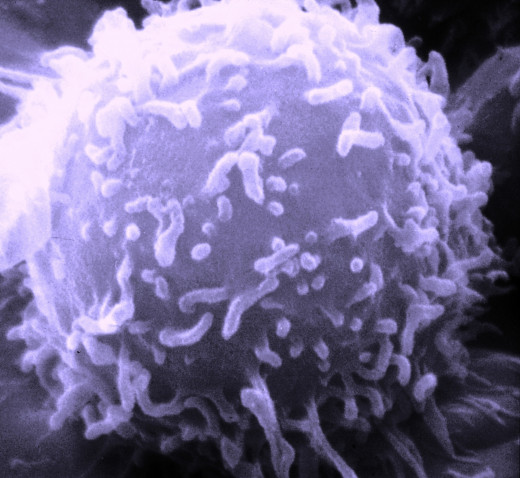
The problem with aggressive bacteria and viruses is that they may cause irreparable damage or death before our immune system can establish an effective defence against it. This is where the importance of vaccination is emphasised – by artificially installing a memory into out immune system of how to combat a specific organism, on exposure to the organism our immune system can act before the disease progresses.
Vaccination is essentially a way of manipulating the immune system to create protection against a disease-causing pathogen without causing the disease within the person. There are a number of ways a vaccination may be created:
Killed or Inactive Viruses: This method is used primarily for viruses and involves treating the virus with heat or chemicals to ensure it is no longer infectious. These vaccines cause a significant antibody response and therefore create immunity through differentiating B cells so that memory B cells are available to ramp up antibody production on subsequent re-exposure to the pathogen.
Attenuated Pathogens: This method involves taking a disease causing organism and growing it in cells of other species so that the organism adapts to that species and therefore grows poorly in human cells. When the vaccine is introduced into humans our immune system will effectively remember how it defeated the pathogen on re-exposure.
Toxoids: Some pathogens cause disease by releasing toxins into the body. This method induces immunity by vaccinating specifically against the toxin. It therefore prevents disease when a pathogen releases toxin in the body.
Process of Vaccine Production for various diseases:
Viruses:
| Bacteria:
| ||
Measles
| Attenuated Virus
| Diptheria
| Toxoid
|
Mumps
| Attenuated Virus
| Pertussis (Whooping Cough)
| Killed Bacteria
|
Rubella
| Attenuated Virus
| Tetanus
| Toxoid
|
Polio
| Attenuated Virus and Killed Virus
| Cholera
| Killed Bacteria
|
Influenza
| Inactivated Virus
|
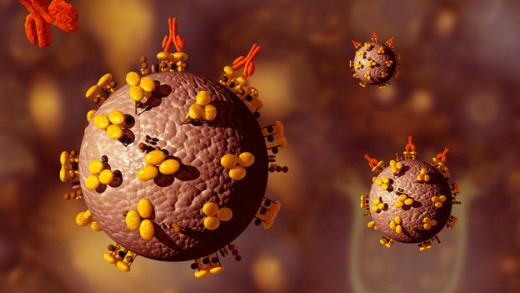
The processes of creating these vaccines by using various chemical compounds is the argument that anti-vaxers mostly use to whip up hysteria over the dangers of vaccination. They’ll attempt to argue that neomycin and polymyxinB cause kidney damage and that streptomycin prevents protein synthesis and causes hearing loss. This is all true, however the age old saying ‘it’s the dosage that makes the poison’ continues to hold true. If anti-vaxers were in anyway educated on the processes of the human body then they would understand the flaws of their argument.
The DPT Vaccine:
Let us take the process of creating the diphtheria vaccine (usually administered as DPT for Diphtheria, Pertussis and Tetanus) for example: The process involves inactivating the Corynebacterium diphtheria pathogen using formaldehyde. Formaldehyde may be a toxic chemical, however the term toxic is misleading and overtly ambiguous. At high doses formaldehyde is toxic, however, the amount found in the DPT vaccine is so small it simply isn’t an issue. During normal body processes alone your body is generating and breaking down more formaldehyde than what is found in the DPT vaccine. In greater concentration many foods, including meat and fruit contain either formaldehyde or compounds which convert to formaldehyde in your body. An average adult contains about 2.5 micrograms of formaldehyde per millilitre of blood– that’s more than 10 times the amount more formaldehyde than the DPT vaccine contains.

Neurotoxicity of Vaccines:
Furthermore, anti-vaxers will attempt to argue that neurotoxins, including aluminium and mercury (as thiomersal) cause various neurological conditions. The amount of aluminium found in vaccines is so insignificant compared to the amounts we ingest in our foods and drink. Our body has no problem metabolising these and therefore no problem metabolising the minuscule amounts found in vaccines. Thiomersal and thus mercury has been removed from vaccines since the early 2000s due to the scare campaign associated with the word ‘mercury’, however, a Japanese study found that autism incidence continued to rise with even greater pace after thiomersal was removed.
There is no reasonably argument that explains how these chemicals may cause problems when our body is at every moment generating and metabolising these compounds apart of the natural processes that passively occur without us even thinking of it.
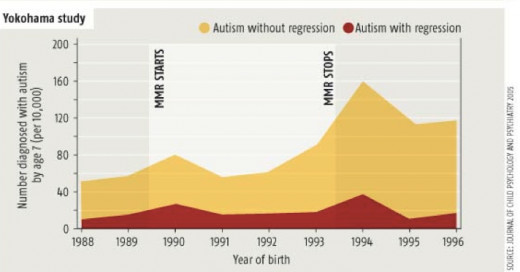
Herd Immunity:
This concept is incredibly important when we consider the overall health of the population, in attempts to control epidemics, pandemics and in achieving eradication of infectious diseases. It essentially describes a form of immunity whereby large proportions (a herd) of a population are immunised against a particular pathogen. It provides a larger chance of immunity for those who have not been vaccinated and where herd immunity is established and maintained, the spread of a disease is disrupted when a large part of the population are immune or less susceptible to the disease. Herd immunity holds that with a greater percentage of the population vaccinated the probability that someone who isn’t vaccinated will encounter another person who isn’t vaccinated is significantly decreased. Under these circumstances a link in the chain of disease transmission is broken and a disease can be contained. The herd immunity threshold percentage at which a disease’s begins to be contained is generally quite high. For disease such as Diphtheria, Polio, and Rubella the vaccination percentage required is around 80 – 85% of the population. For more virulent diseases such as Measles and Pertussis the herd immunity threshold percentage is in excess of 90 – 95%.
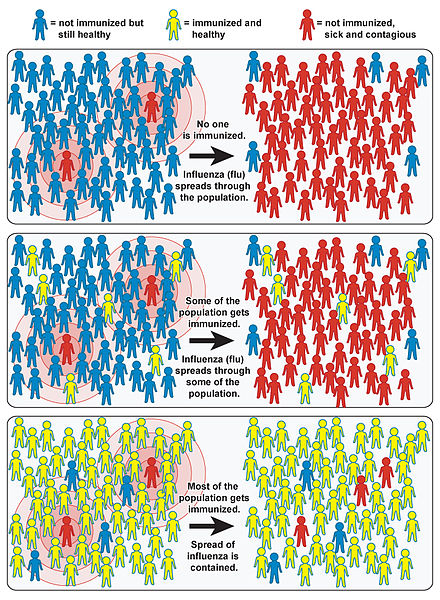
Follow Me on Social Media:
- Tyler Myers Writes (tmyerswrites) on Twitter
The latest from Tyler Myers Writes (@tmyerswrites). - Tyler Myers Writes on Facebook
The latest from Tyler Myers Writes on Facebook
The importance and efficacy of vaccination is well established within the vast majority of society and overwhelming advocated by the health profession. A vocal minority group of anti-vaxers who wish to believe the mistruths about the safety and importance of vaccinations places the entire population at an increased risk of disease. The science is compelling – the truths are there – the evidence is out – vaccinations have saved more lives than any other form of medicine and will continue to save lives into the future. Everyone must be vaccinated – so let’s make it compulsory!

